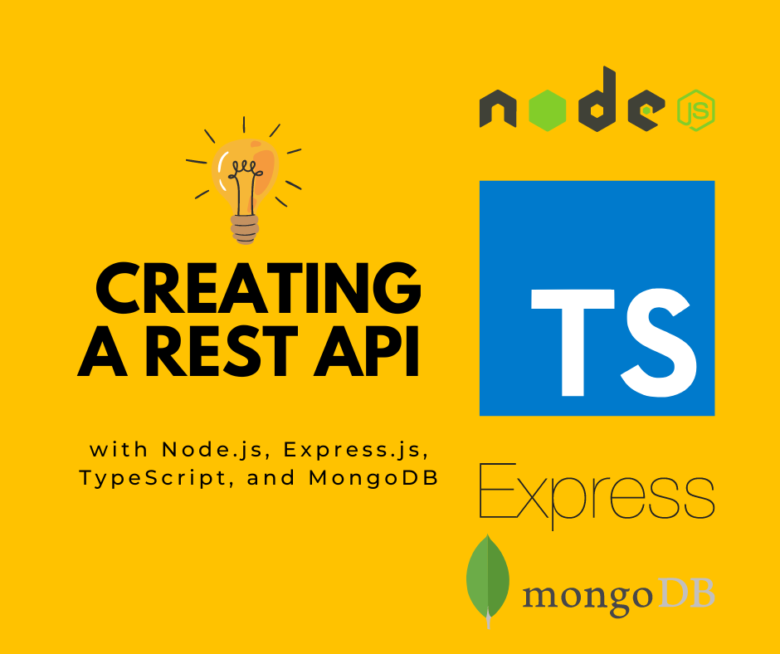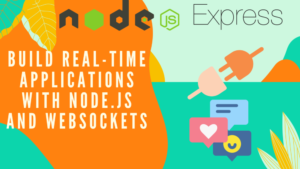Developing a robust and scalable web application requires building a well-designed API. Representational State Transfer (REST) APIs have become the industry standard for communication between client applications and servers. In this tutorial, we will explore how to create a REST API using Node.js, Express.js, TypeScript, and MongoDB. This powerful combination offers enhanced productivity, maintainability, and flexibility for building modern web applications.
Prerequisites:
To follow along with this tutorial, you should have a basic understanding of JavaScript, Node.js, and TypeScript. Additionally, you will need Node.js and npm (Node Package Manager) installed on your system. You should also have a MongoDB instance set up or access to a MongoDB server.
Setting Up the Project:
Let’s begin by setting up our project and installing the necessary dependencies. Follow the steps below:
Step 1: Create a new directory for your project.
mkdir rest-api cd rest-api
Step 2: Initialize a new Node.js project.
npm init -y
Step 3: Install the required dependencies.
npm install express mongoose body-parser typescript ts-node
Step 4: Initialize TypeScript configuration.
npx tsc --init
Building the API:
Now that our project is set up, let’s create an entry point file (e.g., index.ts) and start building our REST API.
Step 1: Import required modules and define types
import express, { Request, Response } from 'express';
import mongoose, { Schema, Document } from 'mongoose';
interface IUser extends Document {
name: string;
email: string;
age: number;
}
const UserSchema = new Schema<IUser>({
name: { type: String, required: true },
email: { type: String, required: true },
age: { type: Number, required: true },
});
const User = mongoose.model<IUser>('User', UserSchema);
Step 2: Configure the Express app and MongoDB connection.
const app = express();
const port = 3000;
app.use(express.json());
app.use(express.urlencoded({ extended: true }));
mongoose.connect('mongodb://localhost:27017/mydatabase', {
useNewUrlParser: true,
useUnifiedTopology: true,
});
const db = mongoose.connection;
db.on('error', console.error.bind(console, 'MongoDB connection error:'));
db.once('open', () => {
console.log('Connected to MongoDB');
});
app.listen(port, () => {
console.log(`Server running on port ${port}`);
});
Step 3: Define the API routes and their corresponding handlers.
app.get('/api/users', async (req: Request, res: Response) => {
try {
const users = await User.find();
res.json(users);
} catch (error) {
console.error('Error fetching users:', error);
res.status(500).json({ error: 'Internal server error' });
}
});
app.post('/api/users', async (req: Request, res: Response) => {
try {
const { name, email, age } = req.body;
const newUser = new User({ name, email, age });
const savedUser = await newUser.save();
res.json(savedUser);
} catch (error) {
console.error('Error creating user:', error);
res.status(500).json({ error: 'Internal server error' });
}
});
app.put('/api/users/:id', async (req: Request, res: Response) => {
try {
const { id } = req.params;
const { name, email, age } = req.body;
const updatedUser = await User.findByIdAndUpdate(id, { name, email, age }, { new: true });
res.json(updatedUser);
} catch (error) {
console.error('Error updating user:', error);
res.status(500).json({ error: 'Internal server error' });
}
});
app.delete('/api/users/:id', async (req: Request, res: Response) => {
try {
const { id } = req.params;
await User.findByIdAndDelete(id);
res.json({ message: 'User deleted successfully' });
} catch (error) {
console.error('Error deleting user:', error);
res.status(500).json({ error: 'Internal server error' });
}
});
Step 4: Compile TypeScript to JavaScript and start the server.
npx ts-node index.ts
Conclusion:
Congratulations! You have successfully built a REST API using Node.js, Express.js, TypeScript, and MongoDB. You learned how to set up the project, define routes, connect to the database, and perform CRUD operations on a user collection. This stack provides a powerful foundation for creating scalable and maintainable web applications. Feel free to expand on this example and explore additional features and functionality to suit your specific project requirements. Happy coding!





This article provides a concise and practical guide to creating a REST API using Node.js, Express.js, TypeScript, and MongoDB. A valuable resource for developers looking to build scalable and efficient web applications.
Thanks, Shekhar